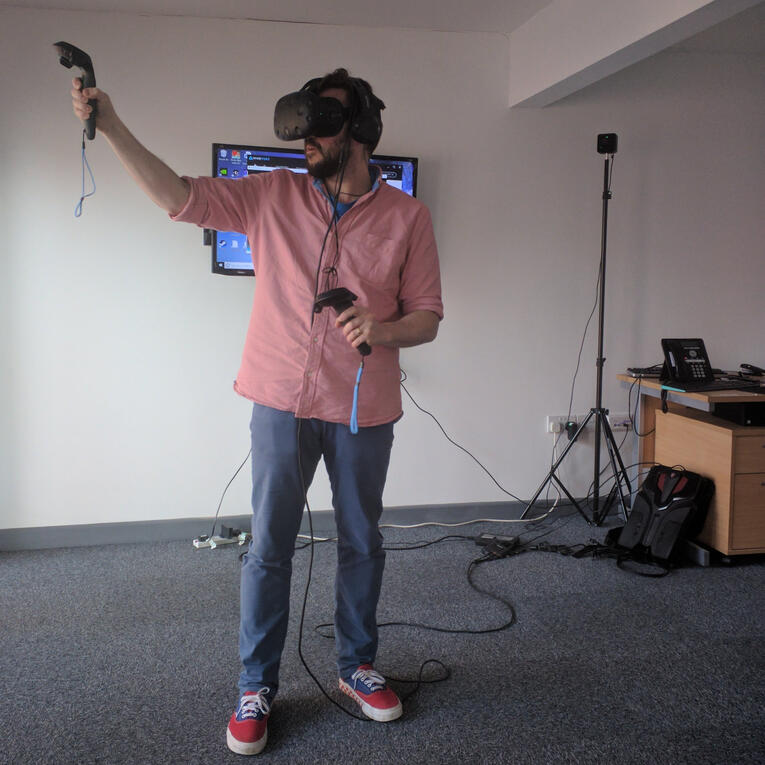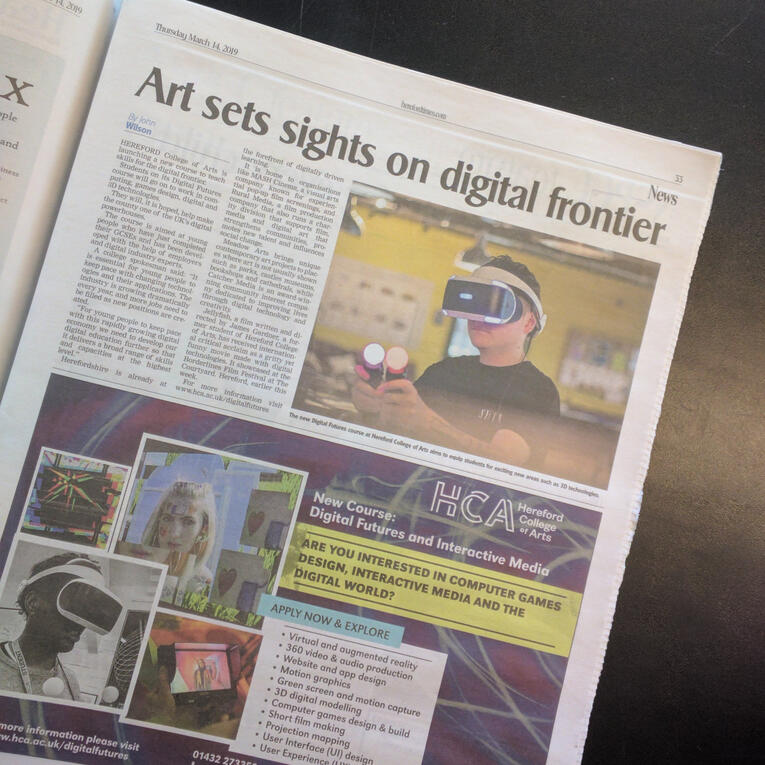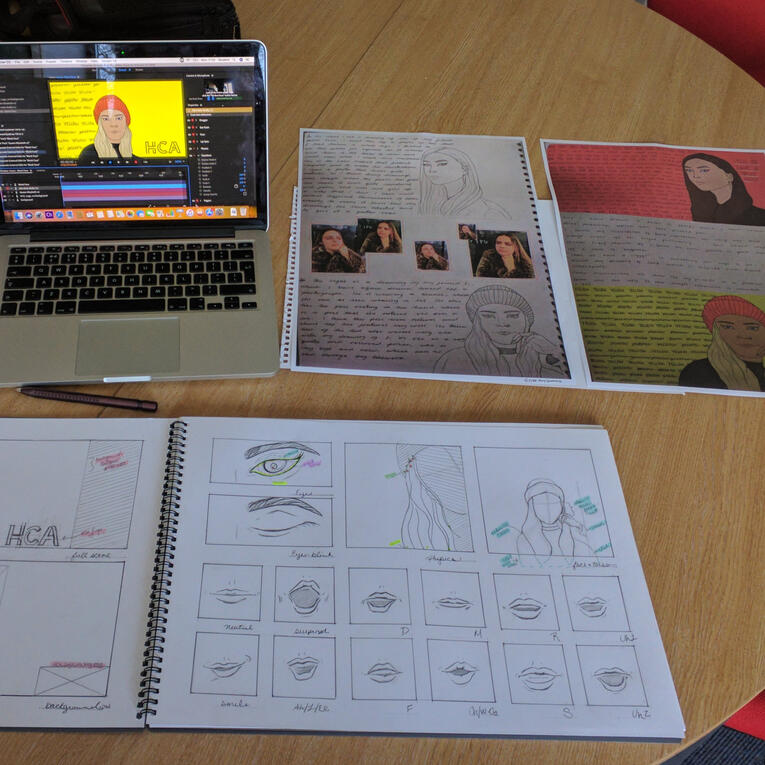"Whatever you believe should be tested to destruction." ~John Yorke, Into The Woods: How Stories Work and Why We Tell Them
I'm Michelle.
I help teams build communities and launch events that optimise, engage, teach, and change so they can amplify their impact.I specialise in meticulous project management, quantifying customer experience, data-driven strategies...and great parties.Want to see what I can do? Let's begin.
Krampus x Pabst Blue Ribbon
The inaugural event of Atlanta's international theatre, 7 Stages' annual Christmas celebration overflowed from the stage into the streets with themed after-parties and a show-stopping presence at the notorious Little Five Points (L5P) Halloween Parade via massive animatronics.

7 Stages Theatre | Atlanta, USA | via archive.org
Project Details
Events: Three performances and after-parties, workshops, inaugural
Krampus Krawl (still a community tradition), L5P Halloween Parade, Santa Crawl CrashSelect Stakeholders: Corporate sponsors, community event coordinators, theatre leadership and board, and performance, visual, and musical artists,
Key Responsibilities
Title: Marketing DirectorRole: Corporate relationship building and sponsorship, funding relations fulfilment, project/event management, and developed marketing campaigns and assets.
Marketing Activities
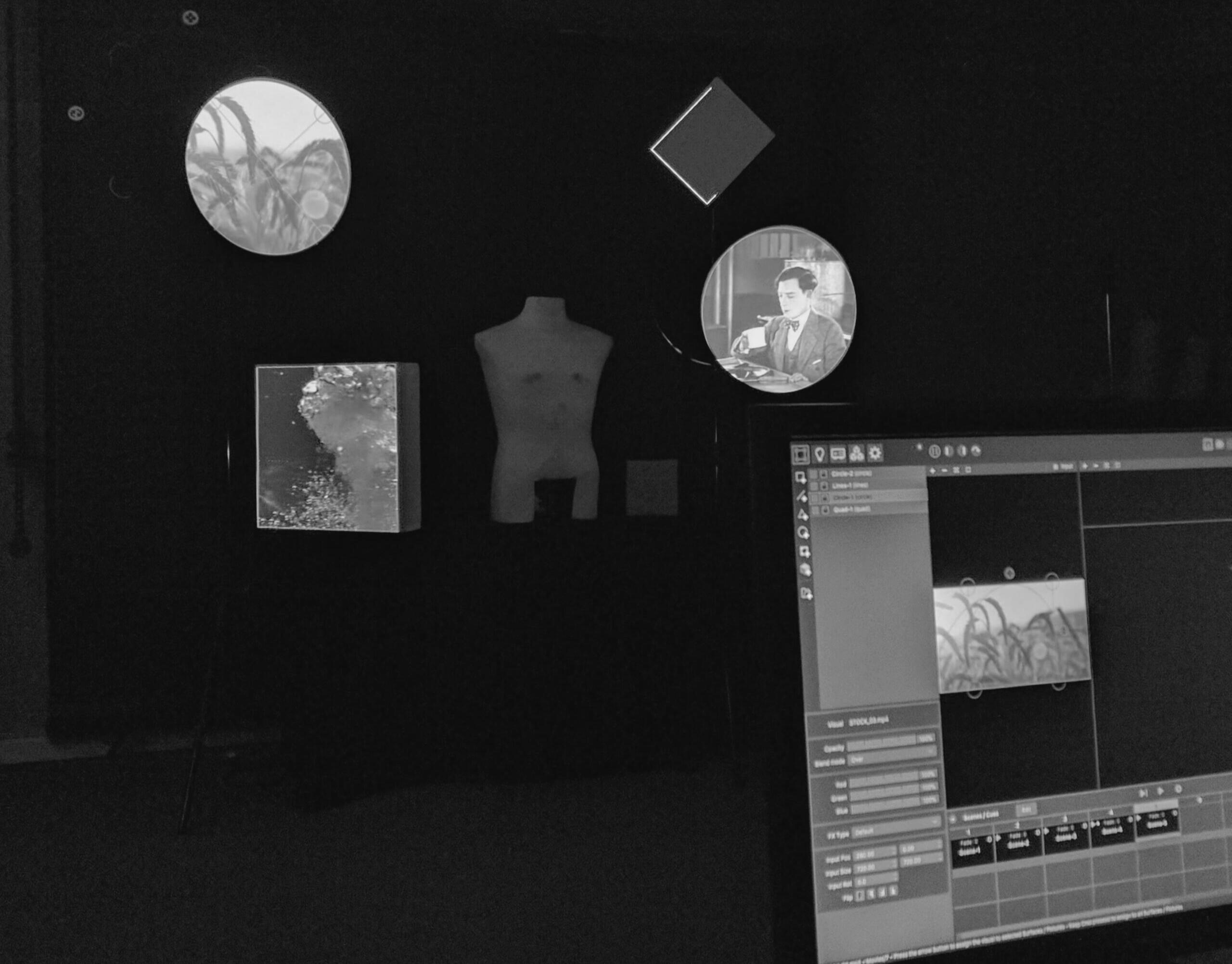
Hereford College of Art | Herefordshire, UK | Course Listing
Digital Futures x HCA
A 172-year-old art college introduced its first new programme in decades. I helped successfully launch the Level 3 Digital Futures and Interactive Media Diploma in six months including navigating the ESFA and University of London accreditation audits through obsessively streamlined project management documentation and a whole lot of event marketing.
Education programme launch case studies
I wore a range of hats for this project including marketer, project manager, recruiter, curriculum developer, and teacher. Read the related case studies below to find out more.
#RocketConf17
Data-informed strategies and automation resulted in a streamlined and successful technology conference event for academic and government attendees including Pearsons, LSE and the University of Birmingham.
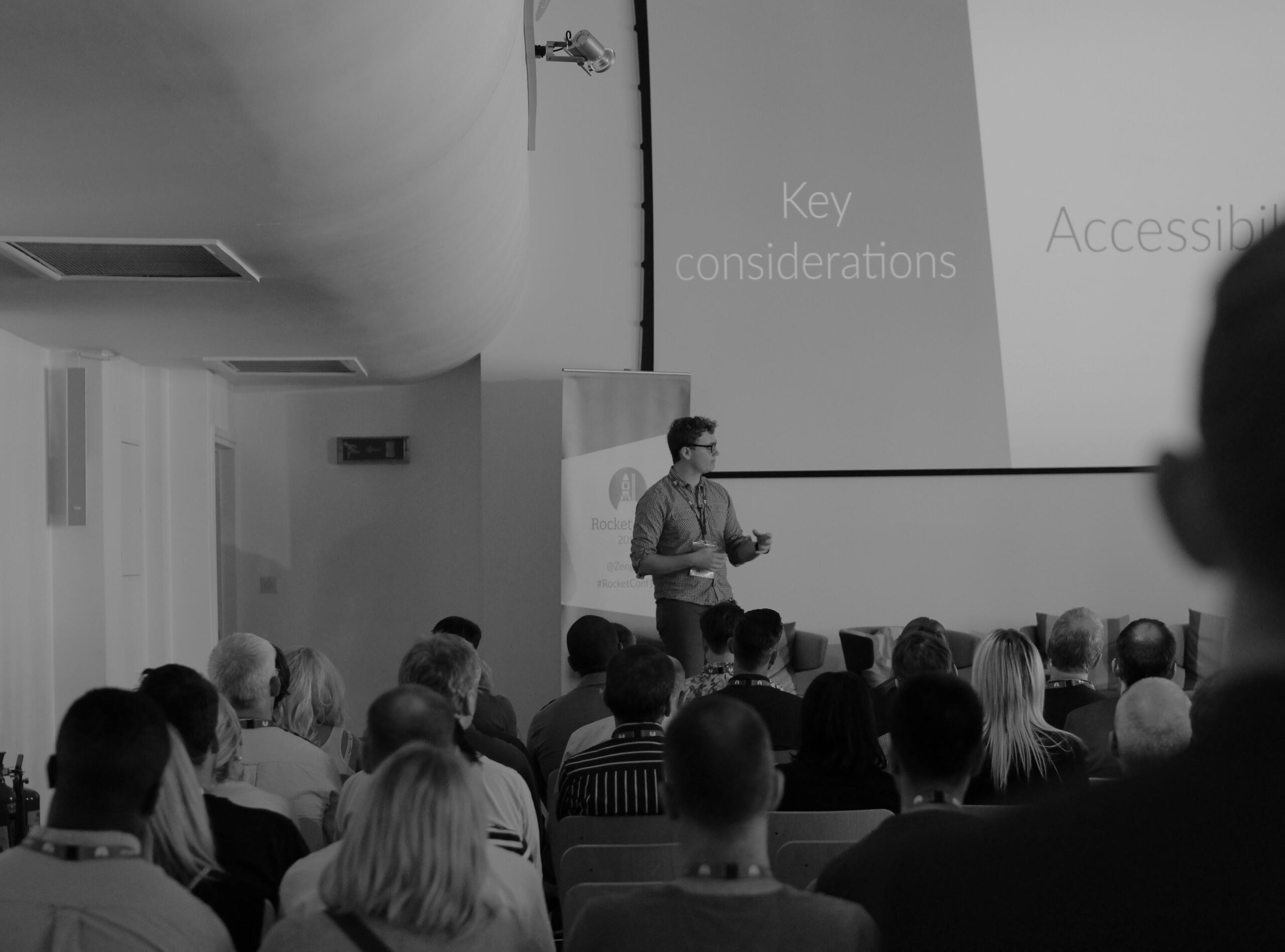
Zengenti | Shropshire, UK | playlist via YouTube
Project Details
Events: Multi-stream conference, after-party networking event, and staff accommodations, travel arrangements, and dinner event the night priorSelect Stakeholders: Conference attendees from major government, academic organisations, professional speakers, freelance film crew, venue staff, and internal stakeholders across various departments
Key Responsibilities
Title: Event ManagerRole: Speaker relationships, event planning and logistics, project management
Marketing Activities
DATA Case Study
Accuracy in research-based data forecasting during COVID
Here's a bonus: footfall forecasting. A sneak peek at how I throw myself against data-related challenges and communicate complex data visually. By using research to create more accurate data forecasts, a stronger foundation was laid for strategic business decisions involving inventory, pricing, and financial projections.
I HAVE WORKED WITH THESE BRANDS AS WELL...

Made with Carrd.co with magic from ♥️ WikiCommons 1, 2, 3, UoC Berkeley,
Timothy Perry, Ricardo Gomez Angel, Nadine Shaabana, Vasilis Koudas, Frans Van Heerden, 褚 天成, Ricky Esquivel, Alex Fu,and Worrk
Creating more accurate data forecasts for strategic business decisions during COVID
Case study-friendly and proprietary IP-free project...
Overview
Accuracy is paramount when it comes to data needed for business decisions. This client sold advertising at major global transport hubs. They needed accurate passenger projections to determine inventory, pricing structures and financial forecasts.
The Challenge
When exploring the client-supplied data visually during the data exploration stage, I noticed a suspiciously optimistic climb in their passenger projections in light of the PESTLE analysis (i.e. COVID). Without information on the assumptions used to generate the supplied forecasts, I needed a way to validate them.
Research and Approach
1. The preceding eight months of passenger totals on the supplied data were still not updated with actual figures presenting a great opportunity. I used media articles, industry resources and direct quotes from Eurostar stakeholders to compare the forecasted numbers for those months with actual reported numbers to confirm suspected discrepancies.
2. After confirming the discrepancy and that the offset would drastically impact projections, I changed focus to building stronger forecasts. These were created from projected benchmarks in industry resources of traveller capacity, seating arrangements, line openings, timetable additions and major events that were likely to impact traveller numbers such as the 2024 Summer Olympics in Paris.
3. Next, I conducted additional research in order to breathe life into their audience segmentations through voice and form, identify advertisers receptive to potential relationships, and build potential pricing models made possible through the previous forecasts.

4. Finally, from the data collected above, I was able to start crafting the communication piece for the client...the narrative.
...data needs engagement. It deserves a love story.
The Result
From the final data, I was able to provide more accurate forecasts giving the client a better understanding of the actual inventory (CPMs) available in turn allowing for more accurate financial projections and for testing pricing structures.
Reflection
So how close did I get with my projections?
Passengers for November 2021:
716,424
supplied data estimate
287,838
my adjusted estimate
216,000
2022 reported
The client's estimate was 716,424 passengers for November 2021, reflected by the dotted line on the graph in slide 3.My projection used a rudimentary 5% month-over-month growth assumption (so a 15% increase in passengers would be 20% the following month) based on trends seen in the data and came in at 287,838 passengers for November 2021.In November 2021 it was reported that Eurostar was operating 15 total trains from London. Assuming, given the state of restrictions in France, they were still operating with social distancing measures in that every other seat was empty, trains were running at half capacity still resulting in an estimated 216,000 passengers in November 2021.
Being off by 73 CPMs (cost per mille, AKA the cost of 1000 ad impressions) is a lot better than being off by 500 CPMs.
It's the difference of being short by only £2,190 instead of £15,000 at the end of the financial year...for this one month. This is assuming a base CPM of £30. Depending on where the shortfall occurs and the pricing structure involved, this could be a lot more depending on the month.
But I'm not a fan of being off at all.
It COULD be a lot more depending on the month but it doesn't have to. The right strategy would help us identify this long before it becomes an issue if we structure our business objectives around this idea.At the time of the presentation, I reflected on opportunities to create more accurate models on slide 3 "Opportunities" with more time resources available that would likely assist in a more precise prediction. The client opted not to invest further in this. This quick approach fit the limited resources of the project and still resulted in saving the client from assuming 3x the CPM inventory, selling more CMPs than they would be able to deliver on and estimating more income than realised in financial projections.One thing COVID has taught us is the importance of adopting a proactive approach to how we use data in our organisations and developing a long-term strategy that focuses on actively keeping an eye on the pulse of our forecasting.
Marketing the launch of a new emerging technologies diploma programme
Case study-friendly and proprietary IP-free project...
Overview
The client is a specialist art education institution in the planning stage of adding a fourth, technology-based diploma programme to their college-level offerings. I needed to wear many hats for this project including marketing and public relations (covered in this case study), as well as project management, research, audit documentation, stakeholder management, staff recruitment and curriculum development covered in Part II.
The Challenge
We had six months to go from an idea to a fully accredited, fully funded, fully enrolled programme. This case study focuses on the activities needed to reach the "fully enrolled" part of our goals. These are the marketing activities I worked on during the six-month project to help reach the goal of launching with an initial cohort at maximum capacity. Part II: Project management. covers concurrent activities covering the scope of project management and logistics.
Experiential Marketing
Digital workshops
Curriculum development
Open evening tours
Taster sessions
Presentations
Art exhibitions
Networking (see Part II for details)
Marketing Activities
I work better horizontally on mobile.
Touch to zoom.
Reflection
We headed into the summer before our first year with 12 of the 14 cohort spaces filled. The success of the Level 3 Diploma has led to the introduction of a Level 2 programme as well.I had the chance a year later to see all the students again after they had started their course--this time behind the equipment I helped source. They were interviewing participants at an Invisible Arts Network event involving the launch of a new immersive audio piece by a British artist. Their confidence and ease completely blew me away. It was so amazing to see and I can completely understand why the Head of Future Ed used to call falling under the spell of teaching as "catching the bug."
Helping a 175-year-old institution into the digital age with the launch of a new diploma programme
Case study-friendly and proprietary IP-free project...
Overview
The client is a specialist education institution in the West Midlands. They were in the process of adding a fourth diploma programme to their college-level offerings with a new Level 3 Digital Media-focused diploma which would lay the foundations for a future Level 2 offering. We had six months to go from an idea to a fully accredited, fully funded, fully enrolled programme.
The Challenge
So. Many. Hats were needed for this project. Initially, the project was to focus just on student recruitment (Part I) with the goal of going into their first year with a cohort at maximum capacity. However, by the end of the contract role, I had also taken on project management (Part II), which includes stakeholder management and curriculum development responsibilities as well.
I supported in areas related to the design and project writing of curriculum, capital purchases, recruiting, and marketing activity related to the design and implementation of the new course. I worked directly with the Head of Further Education and supported in project documentation and audits with the programme's funding agency (ESFA) and accreditation institute (UAL).
Below are a few areas I was involved in during this project:

Project Documentation and Reporting
I assisted in the development and
Managed project documentation, resource planning, equipment procurement, risk management & audit docs for ESFA funding & UAL accreditation audits.
Improved departmental Programme Initiative Progress reporting system for efficient reporting & progress tracking.
Achieved successful funding & accreditation inspections, leading to approval & formalisation of the diploma, and enhanced organizational efficiency to achieve goals.
Stakeholders
The success of the programme was largely down to the internal departments in the college-- and not just those in the Further Education division but in the Higher Education divisions, as well.In addition to internal stakeholders, I was also involved in partnership development initiatives with local organisations such as the Invisible Arts Network (IAN), New Model Institute for Technology and Engineering (NMITE), local secondary schools, emerging technology businesses, and digital artists from around the country working closely with these organizations to foster mutually beneficial relationships. By developing strong relationships with key stakeholders and establishing successful partnerships, the organization was able to enhance its reputation, expand its network, and identify new talent to contribute to their education initiatives.
Personnel
I additionally took an active role in the recruitment of the new department head for the diploma programme.
Optimising recruitment ads for better search engine optimization (SEO) and performance on job portals, resulting in more conversions (i.e. applications).
Contributing to the creation of the shortlist of applicants,
Conducting interviews with the candidates,
Providing feedback after the discussions, and
Selecting the final candidate.
Curriculum Development
Researched CreaTech100 companies' job recruitment ads to identify desired skills and tools for curriculum development.
Aligned curriculum framework with UAL learning objectives and developed implementation plans.
Audited the college's current equipment to identify areas for upgrades and acquisitions.
Developed documentation of plans for UAL and ESFA audits.
Reflection - Part II
While my technical skills were strong at the onset of this project...they were pushed to the max with the array of new programmes and methods I had to learn for these activities including the stop motion studio (not used for the above gif), projection mapping with MadMapper, live motion tracking development with Adobe Character, video game development with gDevelop and 3-D printing. Of course, there were the traditional digital media tools that I have been using since I was in my teens including graphic design for print and digital media, animation and digital video creation, web development, email newsletters, presentations for open evenings, and copywriting.I worked with students from ten through to their early twenties leading workshops and taster sessions. Interactions with them also often included their parents during student interviews, often coordinating with the wonderful staff in the Assisted Learning Support when their presence could provide value to the discussion. I worked with the marketing team in promoting upcoming events across the organisation's marketing channels (merciful gatekeepers) and the outreach team to help us get access to secondary schools. I represented the new programme at the school's open evenings.
Technical Profile
Touch to zoom.
I work better horizontally on mobile.
Continuous Professional Development
The value of my contributions is limited by my knowledge gaps. As such, I prioritise reflective practise and lead by example by making it a constant in my life.Below are highlights from the 70+ CPD activities I've completed in the last few years.
Marketing
Google Analytics 4 Certification, Google SkillshopFacebook certified marketing science professional blueprint qualification, Women in Data UK
Creating better public involvement adverts, National Institute for Health and Care ResearchEcommerceSEO summit, Brighton SEO, UKGoogle Analytics for Power Users, Google SkillshopGoogle Introduction to Data Studio, Google SkillshopGoogle Mobile Experience, Google SkillshopGoogle My Business, Google SkillshopSEO toolkit certificate, SEMRush AcademyMarketing Strategy certificate, SEMRush AcademySocial Listening certificate, SEMRush Academy
Customer Experience
Behavioural data science workshop, Alan Turing InstituteComplexity methods for behavioural science summer school, University of Radboud
Product development and human emotions, Royal Statistical SocietyUsing the System Effects methodology to understand the user experience of complex systems, University of SurreyLearning and memory in the brain, University of CambridgeContinuous experience sampling and the affect-embodiment coherence, Cardiff UniversityStudying Human-Computer Interaction (HCI) with video, ethnomethodology, and conversation analysis, University of LiverpoolArtificial intelligence and neuroscience, Queen’s University, Belfast, Ireland
Data and Analytics
Consent issues in data sharing,
UK Data ServiceIntro to statistical programming, King's College London
Analysing qualitative data, University of East AngliaAWS Innovate: Machine learning and AI edition, Amazon Web ServicesIntroduction to complexity, Santa Fe Institute, USCausal mapping, University of BathSocial network analysis,
Alan Turing InstituteIntroduction to experience sampling methods, University of MelbourneApplied multilevel modelling, University of EssexIntroduction to differential equations, Santa Fe Institute, USGateway to the internet of things: IoT, LPWAN & things connected Digital Catapult, UK
Research
Research integrity, Cardiff UniversitySelecting studies and assessing limitations, Cochrane Training
Question formulation and searching for qualitative evidence, Cochrane TrainingQualitative interviewing, University of East AngliaUsing NVivo for qualitative research, University of East AngliaQualitative research and qualitative evidence synthesis, Cochrane TrainingUsing creative research methods, National Centre for Research Methods, Queen’s University, IrelandAdvanced research computing, Cardiff UniversityPreferred reporting items for systematic reviews and meta-analyses (PRISMA), Cochrane Training
Leadership
Technical team leadership,
University of OxfordLeading at a distance,
LinkedIn Learning
Leadership styles, Cardiff UniversityNegotiating, Cardiff UniversityFundamentals of Instructional Design, University of Cambridge, UKA conversation about design - future of learning conference, ExperienceHaus, UKPreparing & delivering seminars,
Cardiff UniversityIntroduction to digital pedagogy, LearnJam AcademyLearning to teach online, LinkedIn LearningCore strategies for teaching in higher ed, LinkedIn LearningHighfield level 3 award in undertaking end-point assessment (RQF), Best for Training, UK

Serbian Theatre's US Tour
Created the tour portal for the 14 host organisations of Dah Teatar's United States Tour including press releases and images as well as tech riders for each of the three productions.
Dah Teatar | Belgrade, SRB
Project Details
Multi-stream full day conference
After party networking event
Staff accommodations and travel
Staff dinner event night prior
Role
event planning
project management
speaker coordination
graphic design
organic social media campaigns
email marketing (ActiveCampaign)
website design (Contensis)
content creation (programme, blogs)
print collateral (programmes, agendas, collateral)
ticketing system admin (Contensis)
Stakeholders
Conference attendees from major government, academic organisations
Speakers - professional
Speakers - internal
Company leadership
Marketing team
Freelance film crew
Venue staff
Collateral suppliers
Publications
Rogerson, A. and Telma, T. (2012, May). Practical Approaches for Designing Usable Websites.Greenier, S. (2011, August 01). Strengthening behavioural cues in UX web design with Gestalt principles. Web Designer Depot.Greenier, S. (2011, May 19). Optimizing Emotional Engagement In Web Design Through Metrics. Smashing Magazine.
Select Features & Awards
Commendation: (2020) Facebook Marketing Science Blueprint Certification via Women in Data UK.Award: Certification scholarship. (2020) Women in Data UK and Facebook.Feature: Putting Some Emotion into Your Design – Plutchik’s Wheel of Emotions. (2017). Interaction Design Foundation.Feature: Lalmas, M. (Yahoo Labs), O'Brien, H. and Yom-Tov, E. (Microsoft) (2013). Measuring User Engagement [Presentation]. 22nd International World Wide Web Conference, Rio De Janeiro, Brazil.Feature: Van Gogp, T. and Adams, E. (2012). Design for Emotion.







